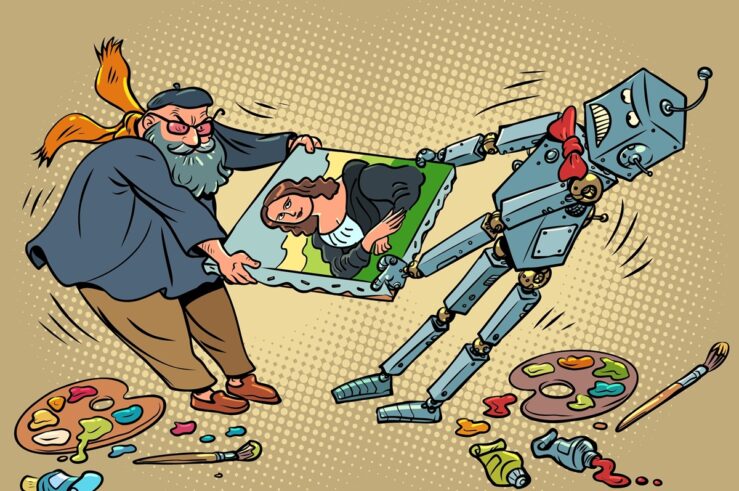I have no intention of wading into the debate over the climate change chapter in Superfreakonomics. I’m sure you all know the controversy: Levitt and Dubner had the temerity to suggest that global warming was a huge problem, that we should look hard for really expensive solutions, and we need to do something. And the outcry was from . . . the global warming alarmists. Curious.
Anyway, Brad DeLong has been among the most vocal and strident (Brad? Strident? Naaaaaaaah) critics of the book. And one of Brad’s criticisms–couched in terms of “why are other people such idiots when I am so smart?”–appears on Yoram Bauman’s website in response to Yoram’s own critique of the book. Here’s the main gist of Brad’s comment:
Yoram Bauman: “I have just seen a PDF of the Superfreakonomics chapter on climate change, and it makes basic mistakes when it says things like “When Al Gore urges the citizenry to sacrifice… the agnostics grumble that human activity accounts for just 2 percent of global carbon-dioxide emissions, with the remainder generated by natural processes like plant decay.”… [Y]es, human generation of CO2 is dwarfed by natural processes like plant decay. But it also shows that natural processes balance each other out…. What you’re left with is a completely plausible story in which human activity slowly increases atmospheric concentrations of CO2 from pre-industrial concentrations of about 285ppm (parts per million) to current concentrations of about 385ppm that are going up by about 2ppm per year. This sort of misleading skepticism exists throughout the chapter, and it does a disservice to climate science, to economists like me who work on climate change, to academic work in general, and to the general public that will have to live with the impacts of climate policy down the road…”
Steven Levitt: “I don’t understand…. Why does it matter if natural processes are in balance or not? CO2 is CO2! The source doesn’t matter. If we could cut CO2 emissions a little bit overall, whether through natural sources or others, the effect would be the same. It is not saying that cutting human emissions isn’t the right way to do it, but it is a surprising fact and one worth mentioning…”
Levitt and Dubner are saying that the fact that only 2% of emissions are of human origin is in some sense relevant to and supports the “agnostic” case on global warming. That is grossly, grossly misleading–talking about flows when the relevant variables are the stocks.
Actually, Brad, if you are talking about cutting emissions–i.e., FLOWS–it is perfectly appropriate to talk about where the biggest flows are coming from. As far as I know, the point of the chapter is to be agnostic about where the solutions are to be found, not necessarily about the cause. And, frankly, I’m not sure why the historical cause would matter if the only way to reverse the problem is to cut flows or to reduce stocks (and from whence the stocks came is hardly relevant, unless their origin tells you something about how to reduce them, and I don’t think this is true). So, essentially, Brad has it, as I see it, exactly backward. But bravo to Brad for having the courage of his convictions to be utterly insulting to others while being so utterly wrong.
UPDATE: Brad makes the same point even more stridently (and equally wrongly) on his blog.




